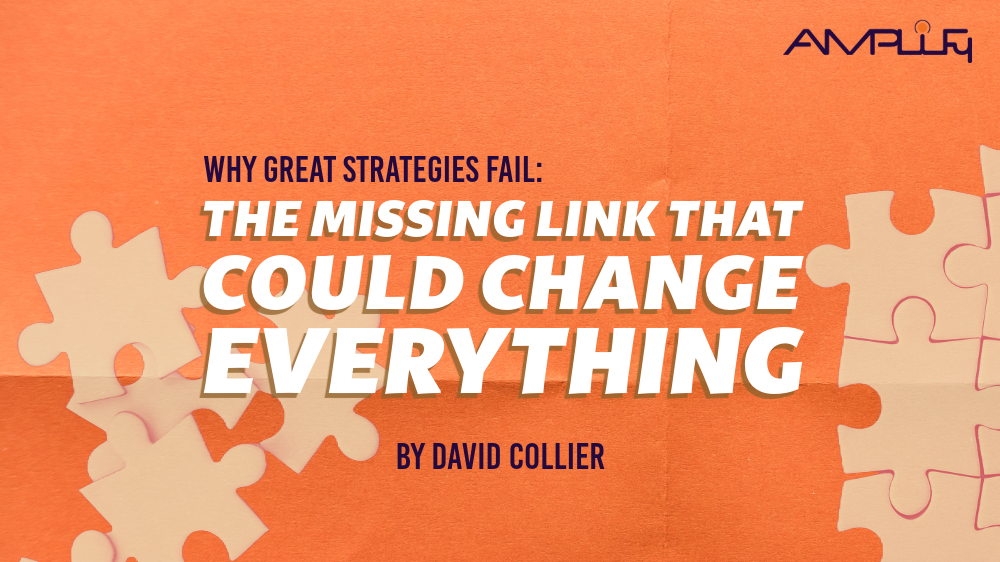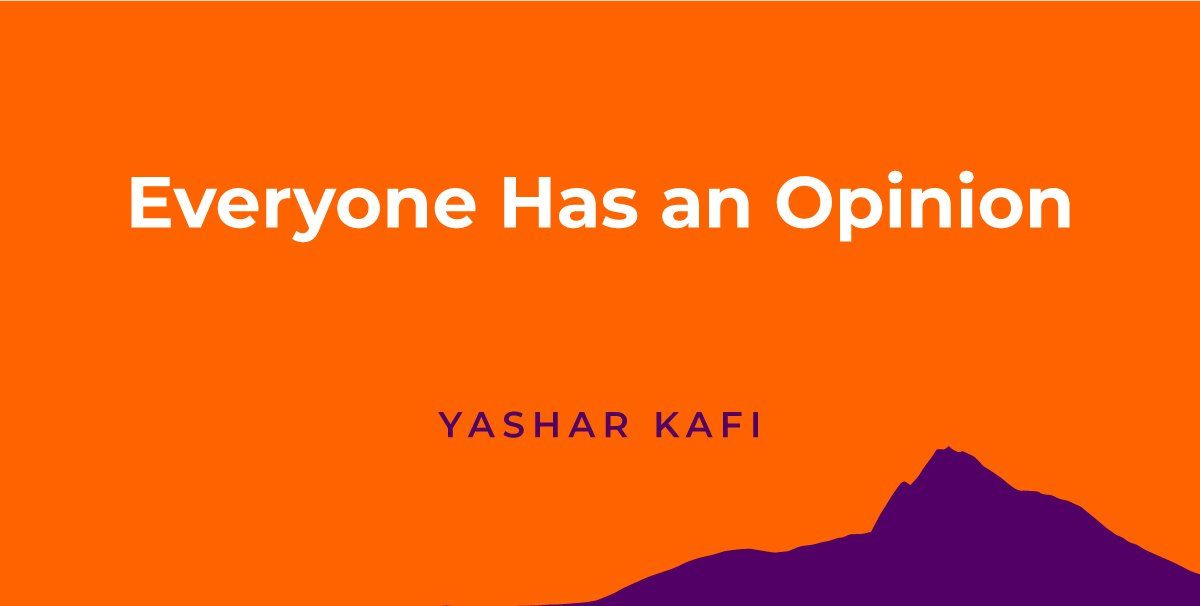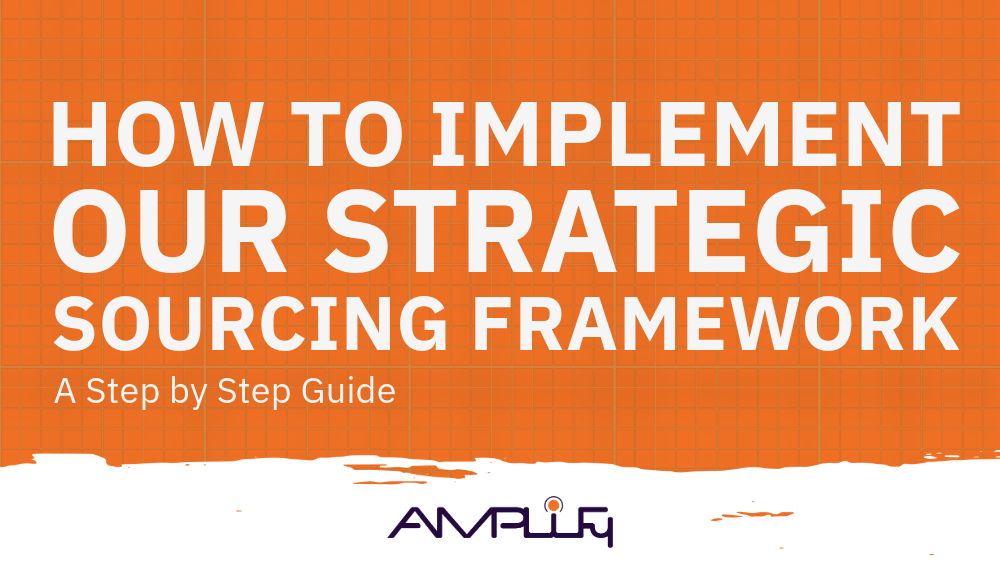Everyone Has an Opinion
I was having a conversation with someone the other day where my opinion differed from theirs. No big deal, right? Until it was…
Now, everyone has an opinion. And don’t get me wrong, I appreciate—and even encourage— this individuality and diversity. But my question is: Why do people attempt to convince others that their opinion is 100% accurate? Why do they feel the need to force that opinion on others, and worse, witness a “conversion” experience of sorts?
This happens to me at least once a day, on a scale that ranges from minor issues to ones on much more significant, impactful scales. But the premise is the same and not cool at all. Referring back to the original conversation I mentioned, well, to be quite honest, it left me feeling uneasy—mainly because I didn’t (and still don’t) understand the need for pushiness and forceful opinions.
There is a perfect word that describes this: Obtrude. The word is defined as a verb, meaning “To impose (oneself or one’s ideas) on others with undue insistence or without invitation.” Did you get that last part? Without invitation.
If we are honest, we can all say that at one point in time, we’ve been guilty of slipping into this scenario of imposing our opinions, values, beliefs, etc., on others in an attempt to somehow convince them to agree with us. Now, think back—was it effective? I would wager good money that at least 9 out of 10 times that question is answered, it would be a resounding NO.
Why? I’ve thought a lot about this, and I believe there are a few main reasons. First, this causes stress or strain in the relationship, sometimes even severing the bond we share altogether. The more we try to push or force our ideas on someone and force them to bend, the more pressure and stress we are placing on the relationship itself. The person is left feeling marginalized, disrespected, unheard, or worse.
Second, back to the effectiveness of this strategy (or lack thereof). If you genuinely want to change someone’s mind, it has to be up to them. No amount of pushing will work. You can present what you feel are facts but then LEAVE IT. There is no use in pushing further from there. They have the facts, and it is certainly not your job (or within your control) to convince them to accept said facts.
Finally, when I am tempted to push in a conversation where I disagree with someone, I have to force myself to take a breath and challenge myself, asking: What is driving me in this situation? Why am I getting so worked up about this? Again, nine times out of 10, it is a making a mountain out of a molehill situation that needs to be nipped in the bud.
The bottom line for me is this: Unless someone is harming someone else with what they are doing, I do not see any reason to impose my opinion on what they believe or are doing of being the “right” way. Other people should not need to adopt my views and values, and it really shouldn’t ruin my day, or cause me to lose sleep, when they don’t.
Recent Posts


Recent Posts


Our success comes from our agility and ability to respond to any scenario at any given moment, making this a partnership you know you can trust.
CONTACT US
AMPLIFY
Make positive change that actually matters - that’s our aspiration for every new project or program we immerse ourselves in. Focusing on structure, process, and unique perspectives to accelerate our clients’ business, we seamlessly join and partner with you to execute and deliver on your most critical and impactful initiatives.


